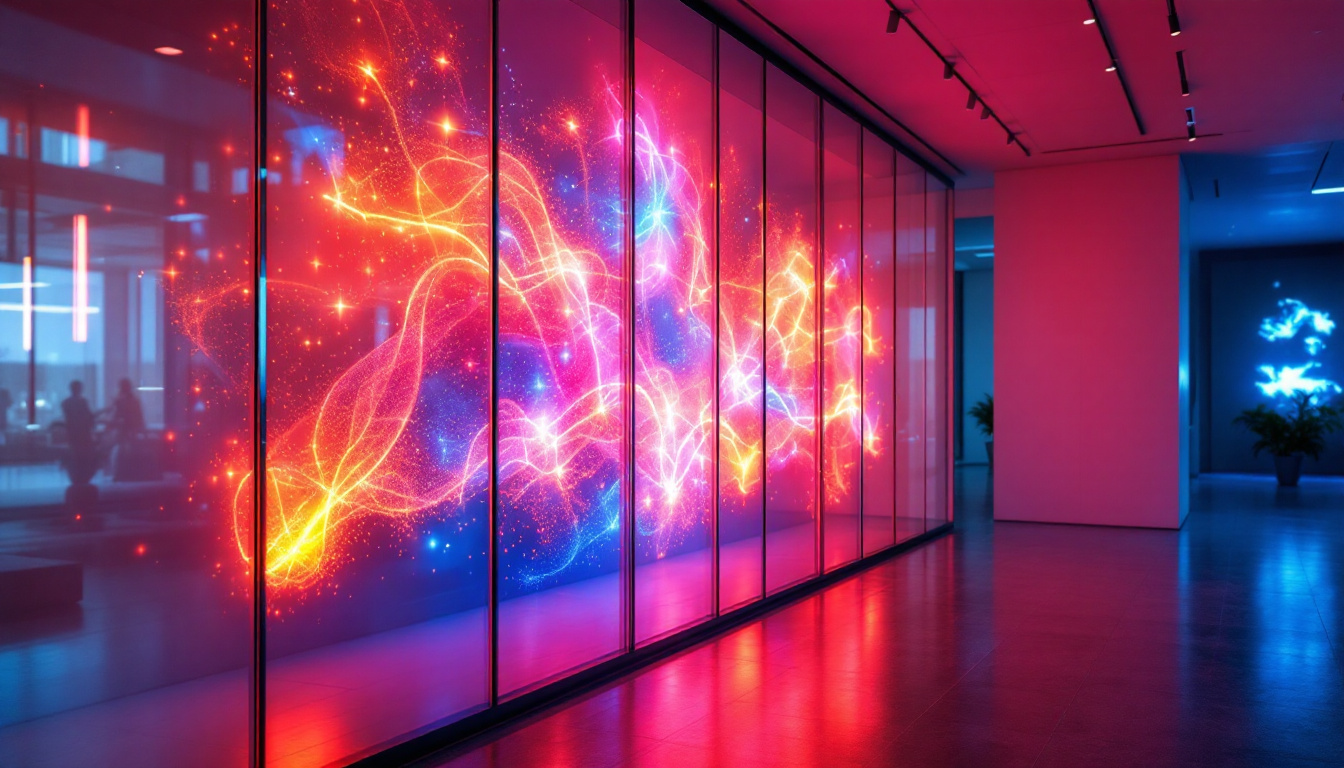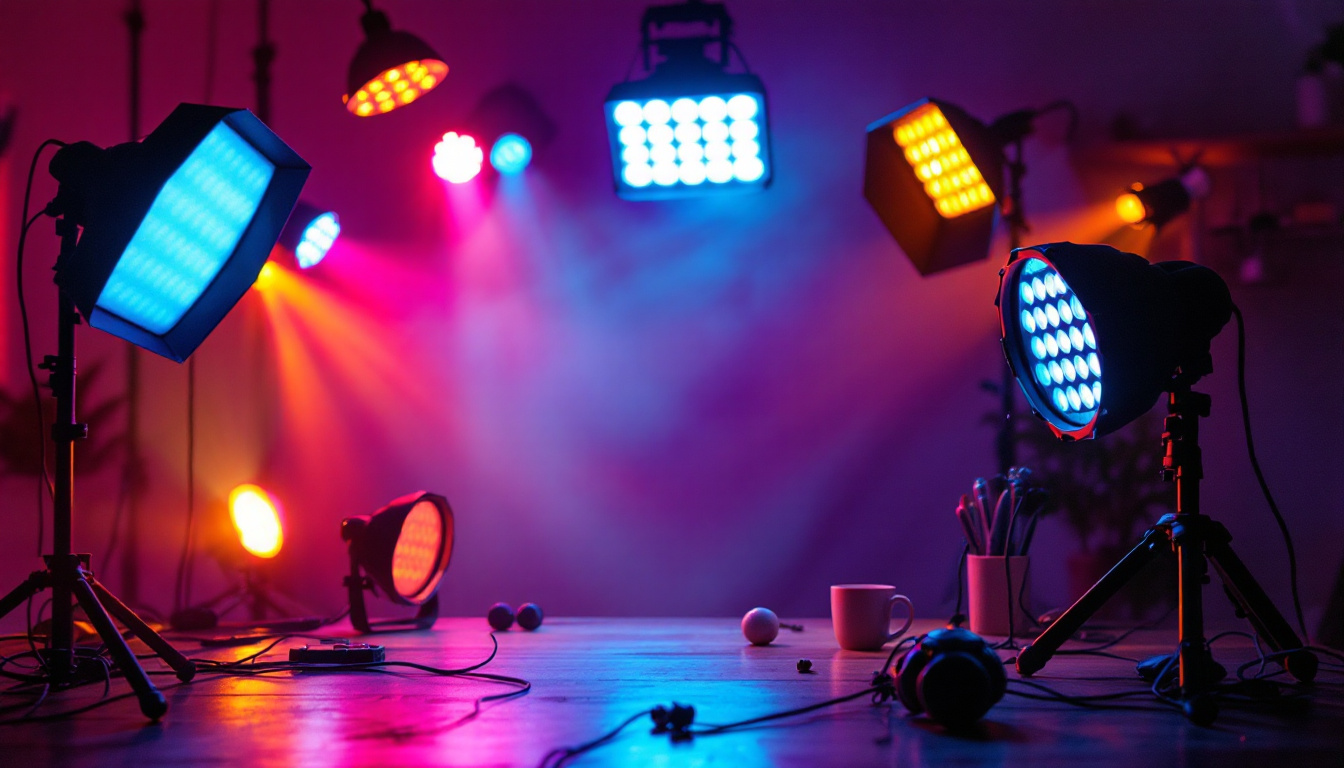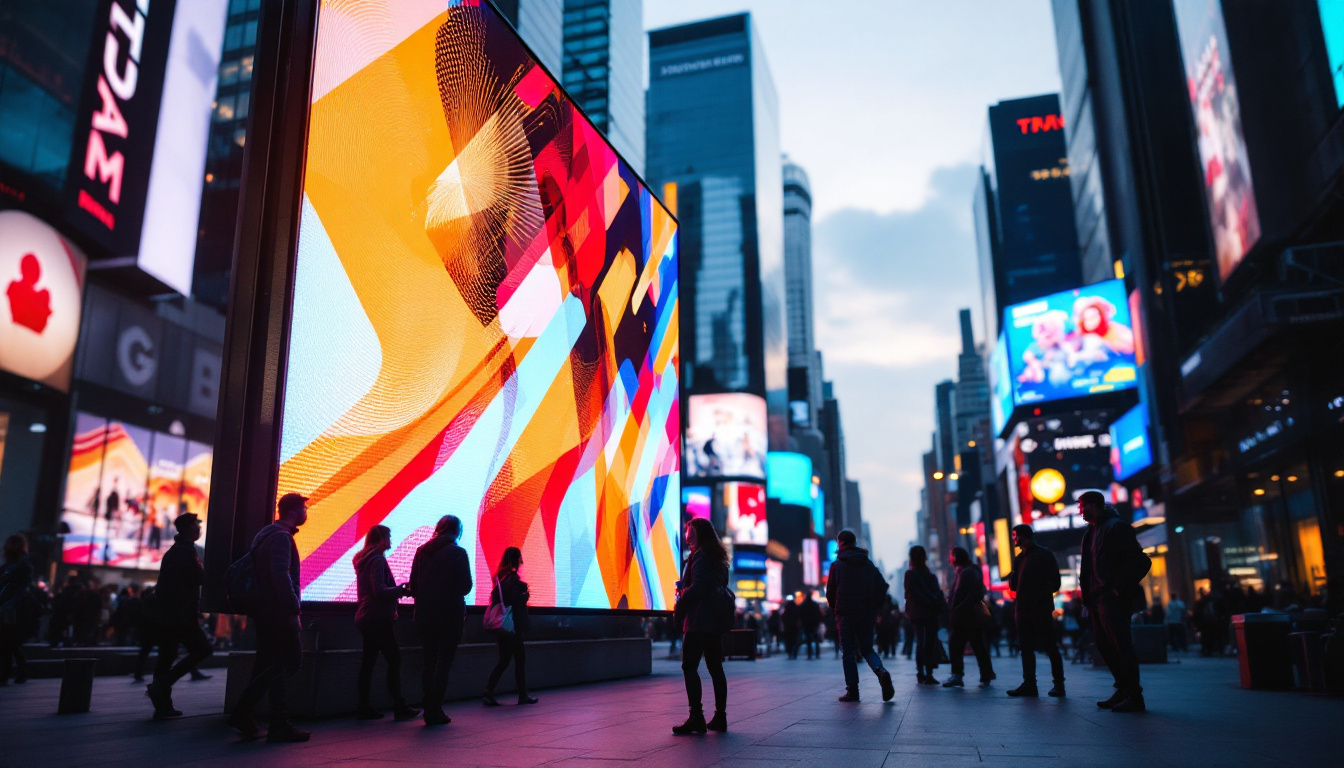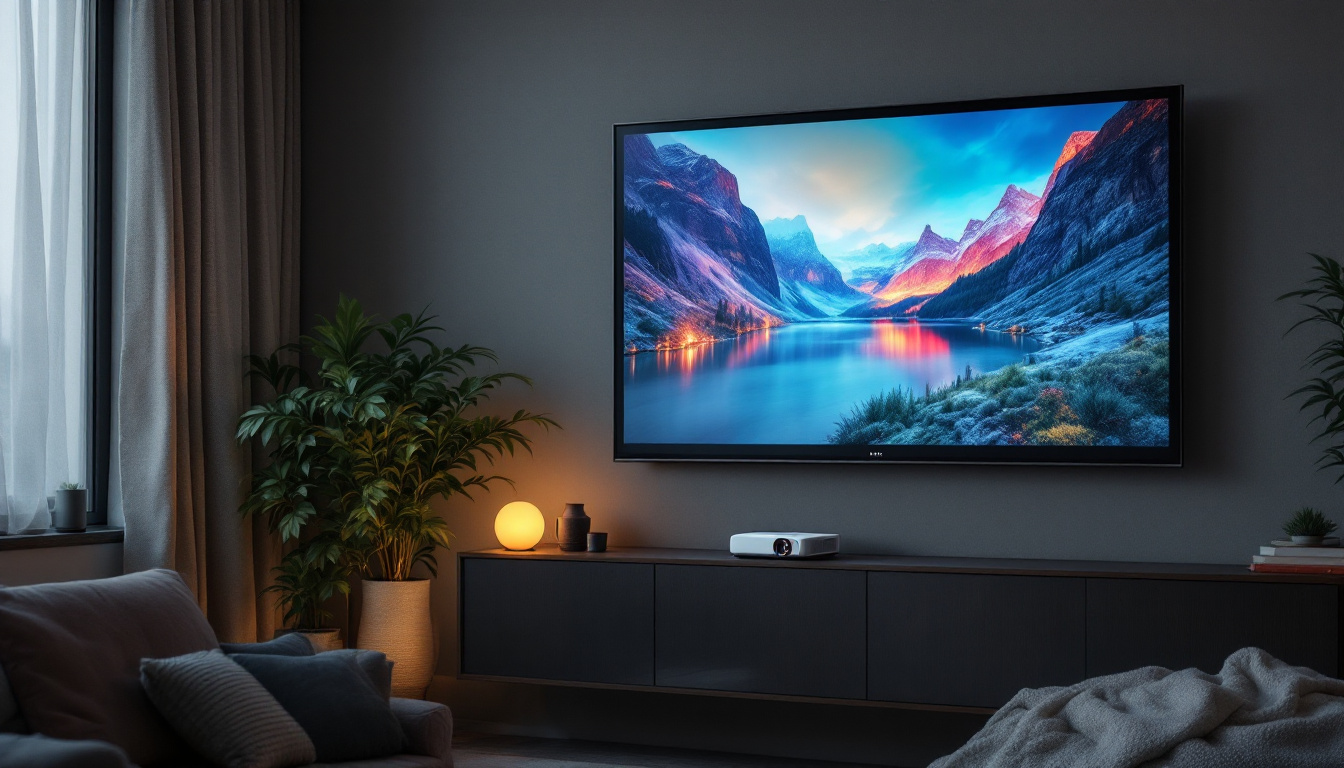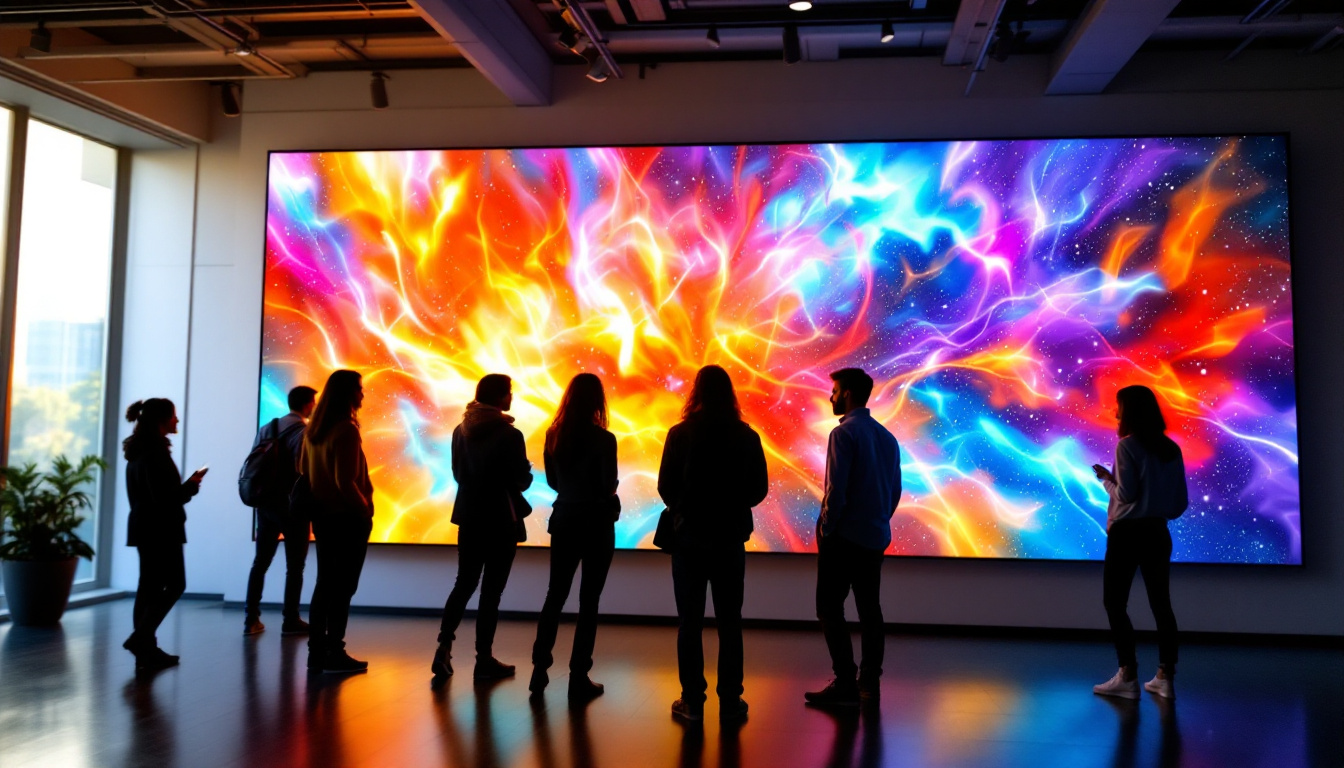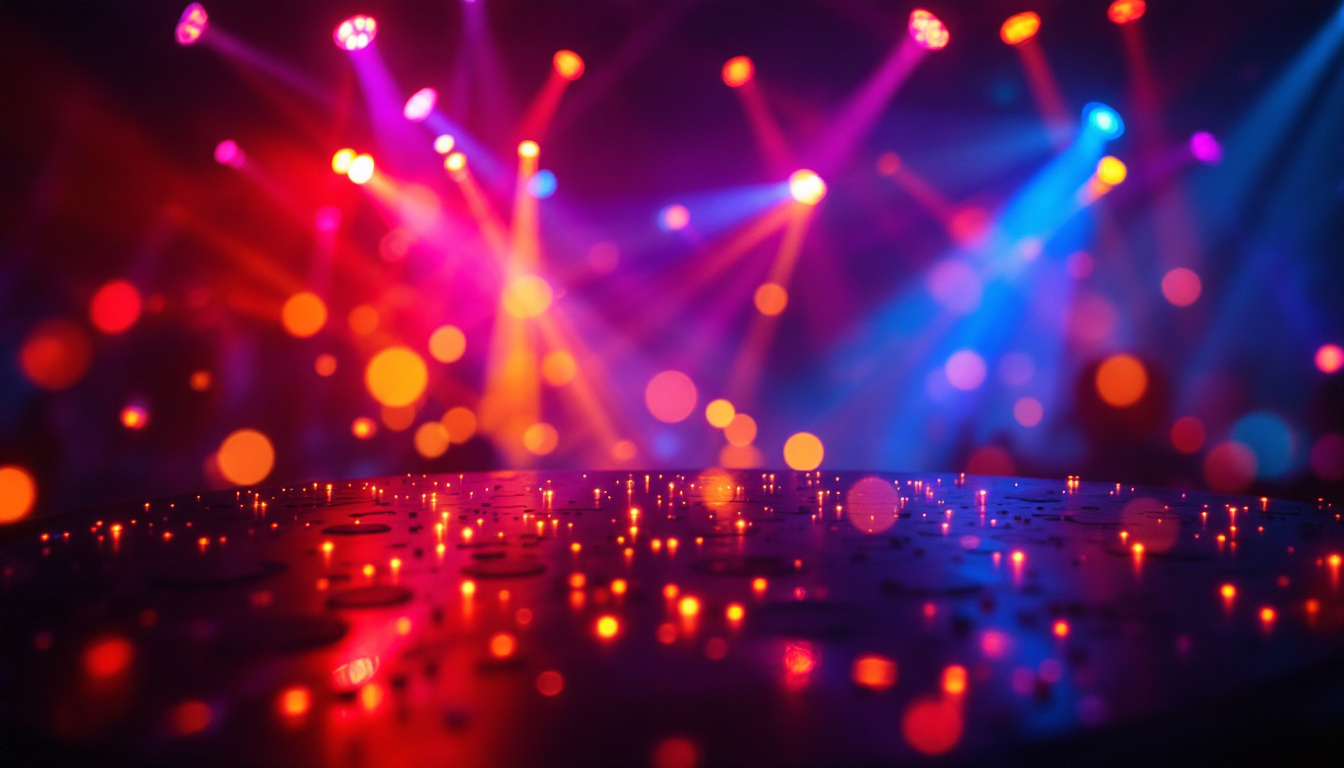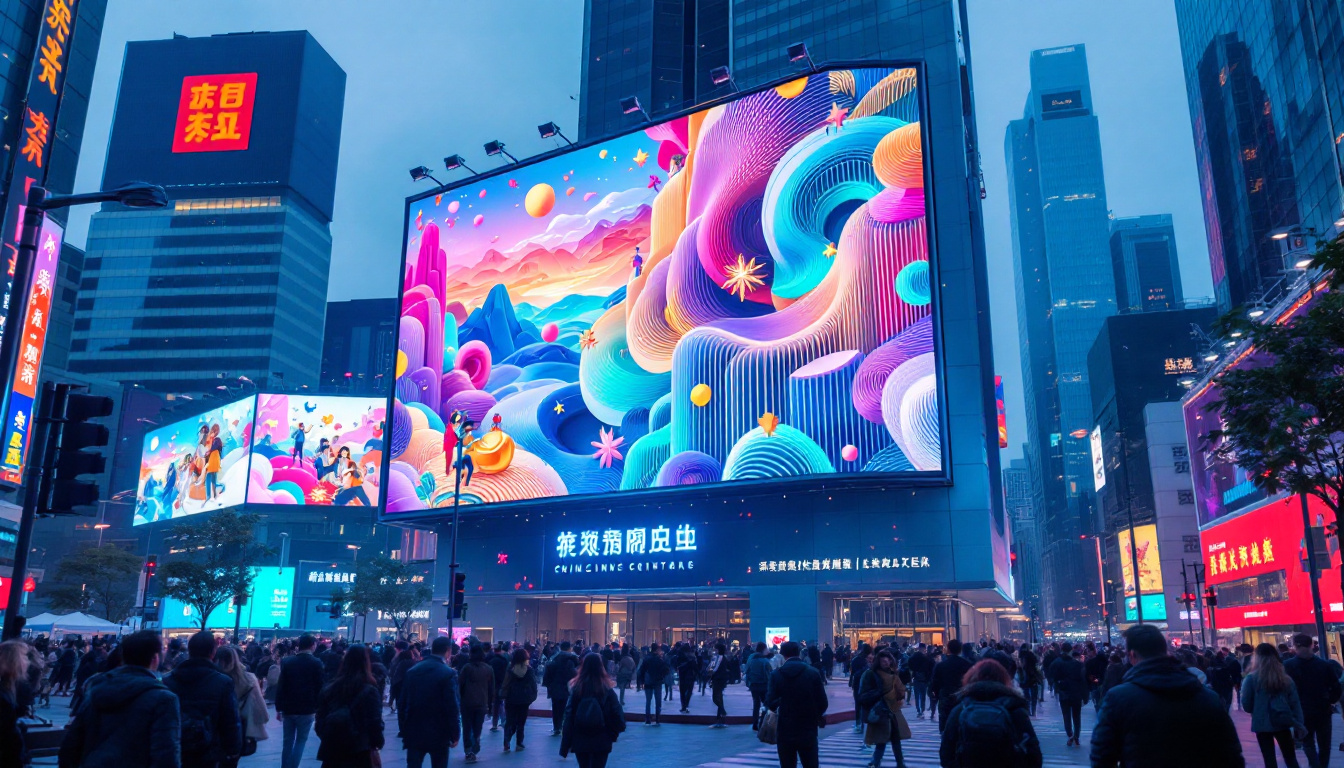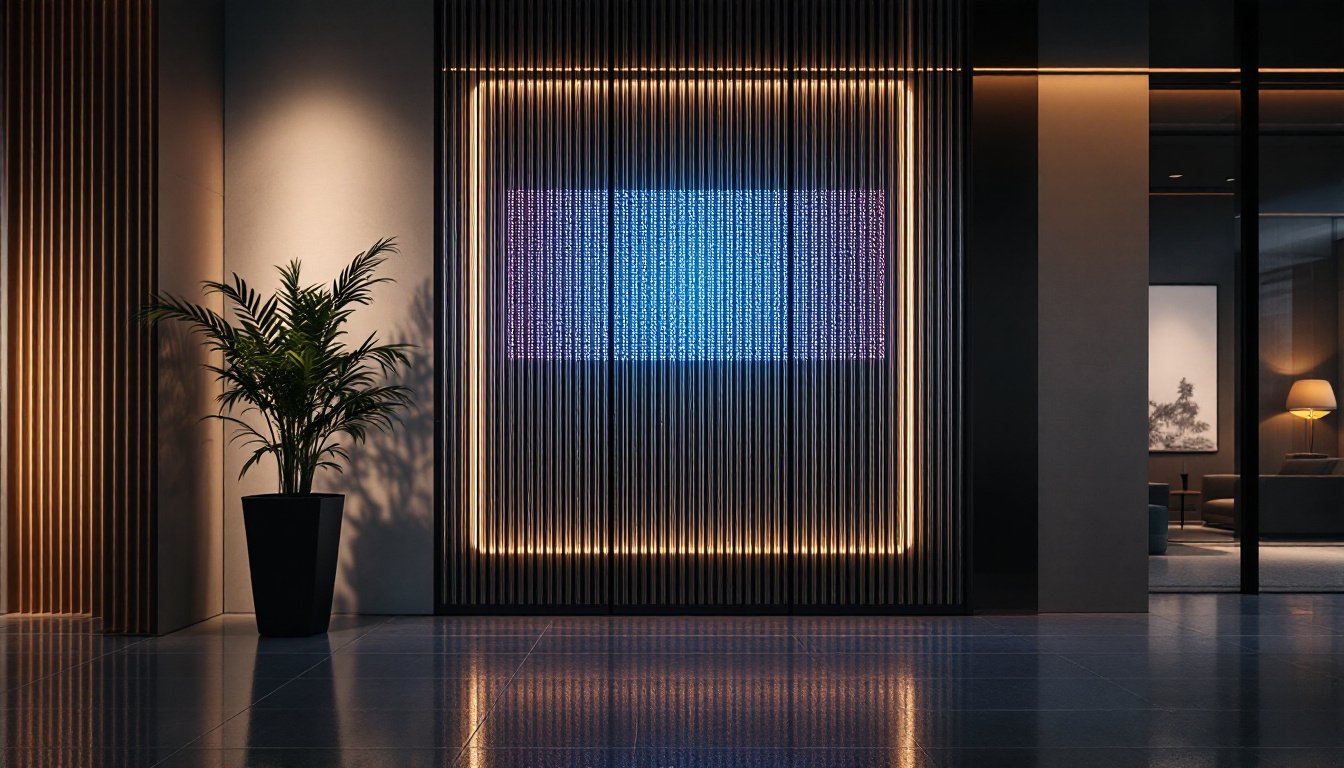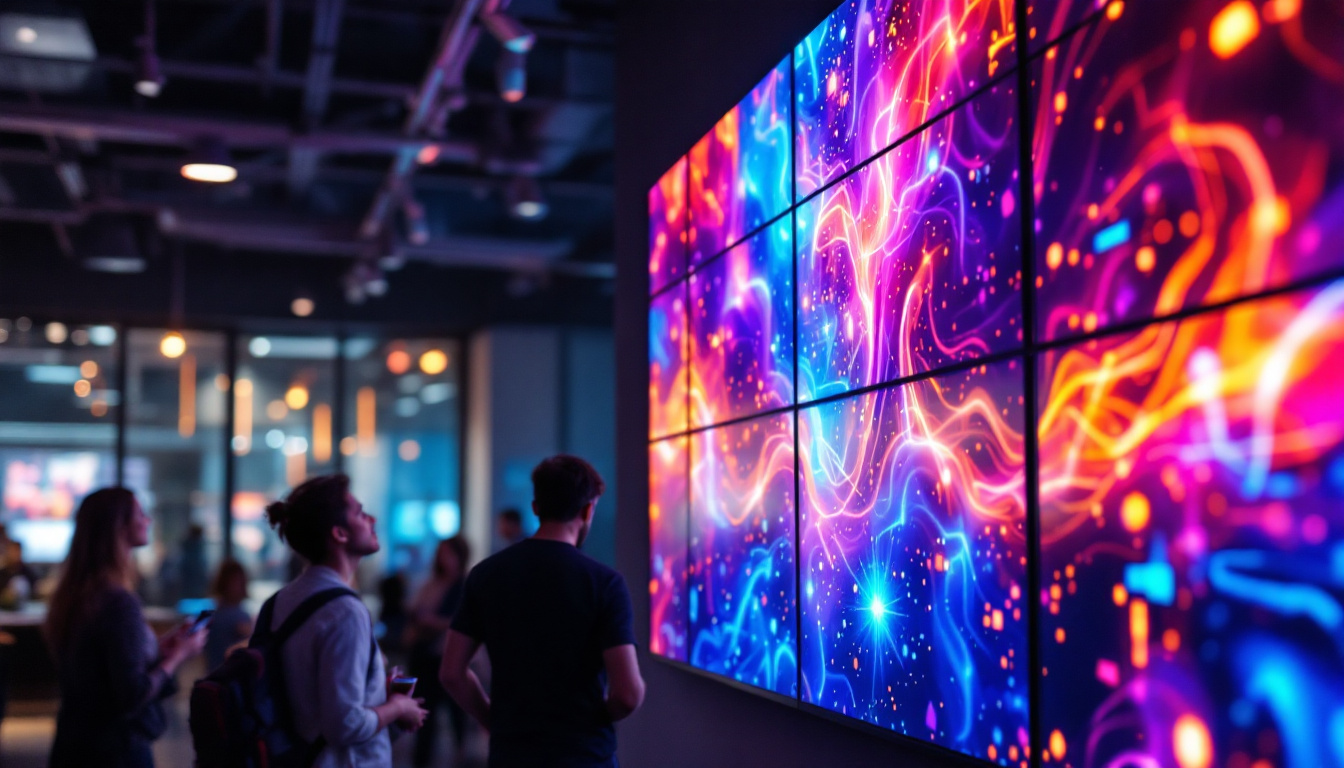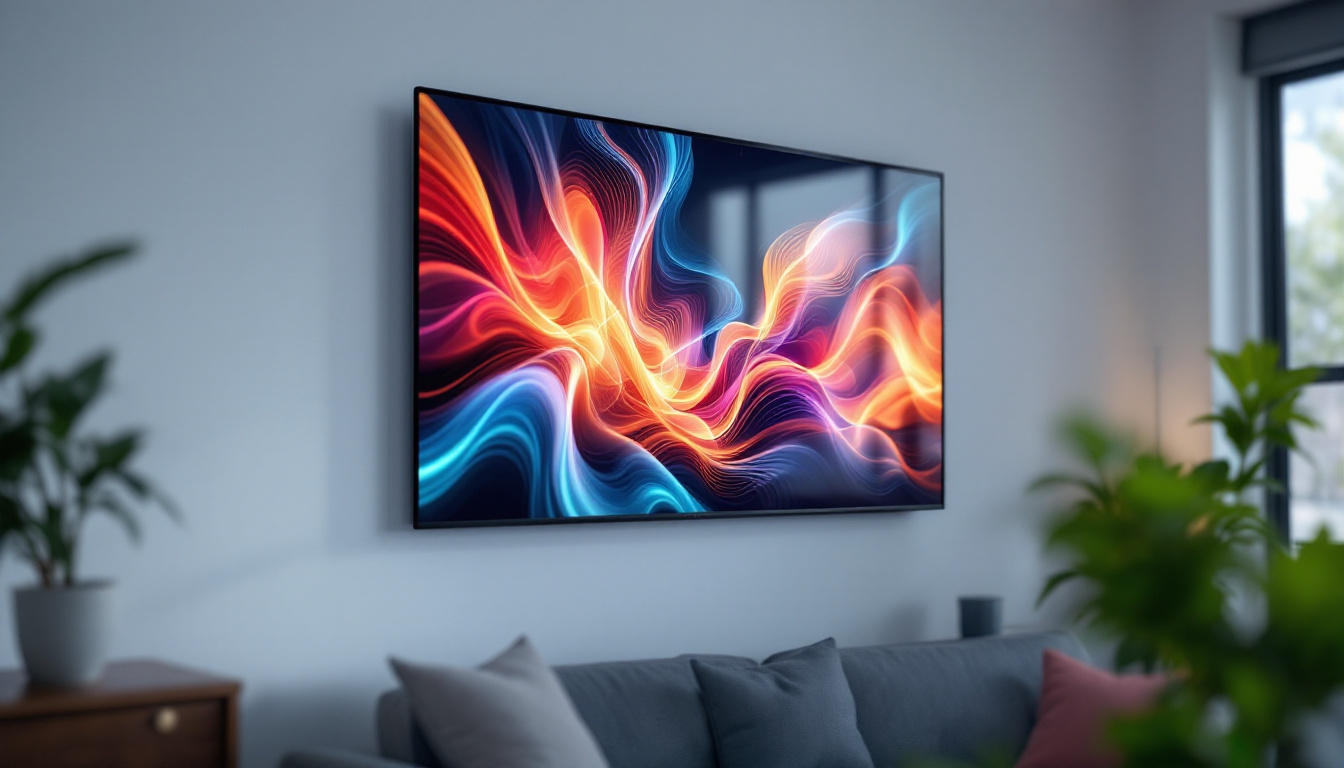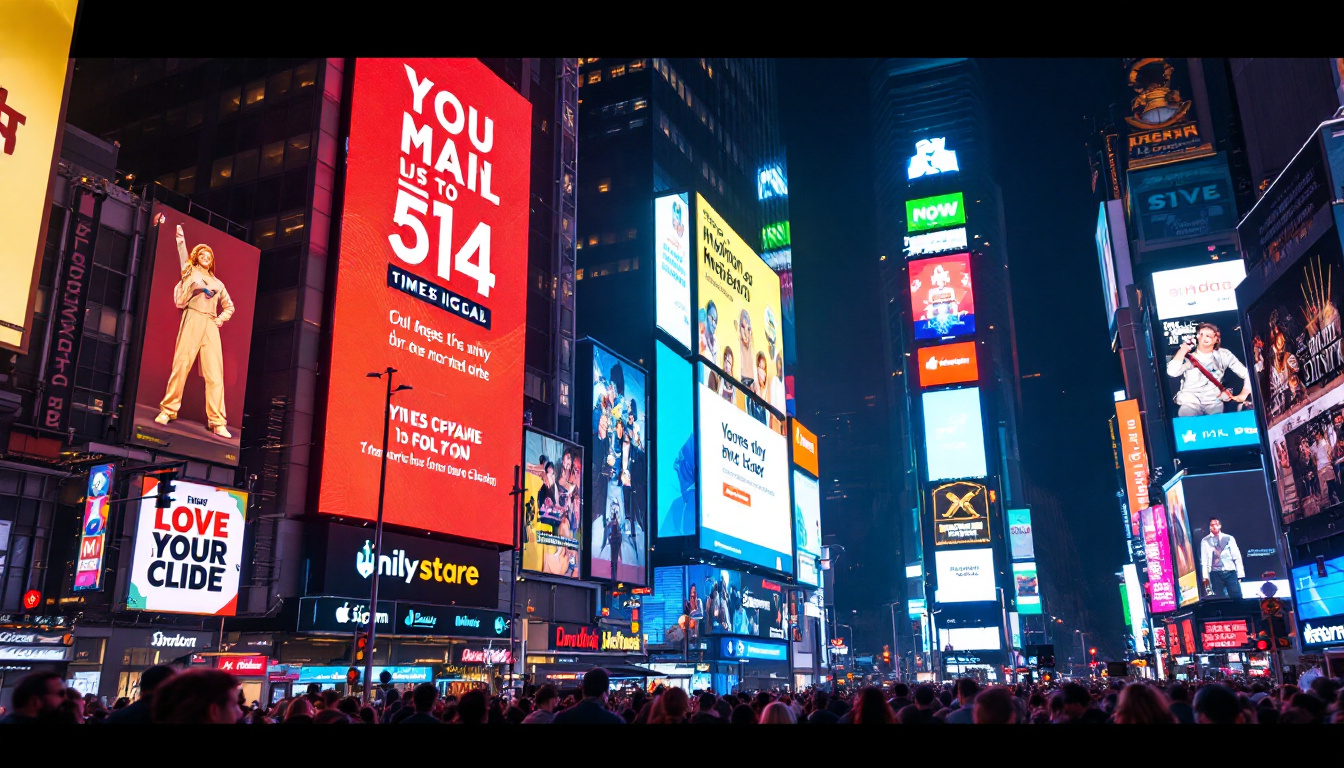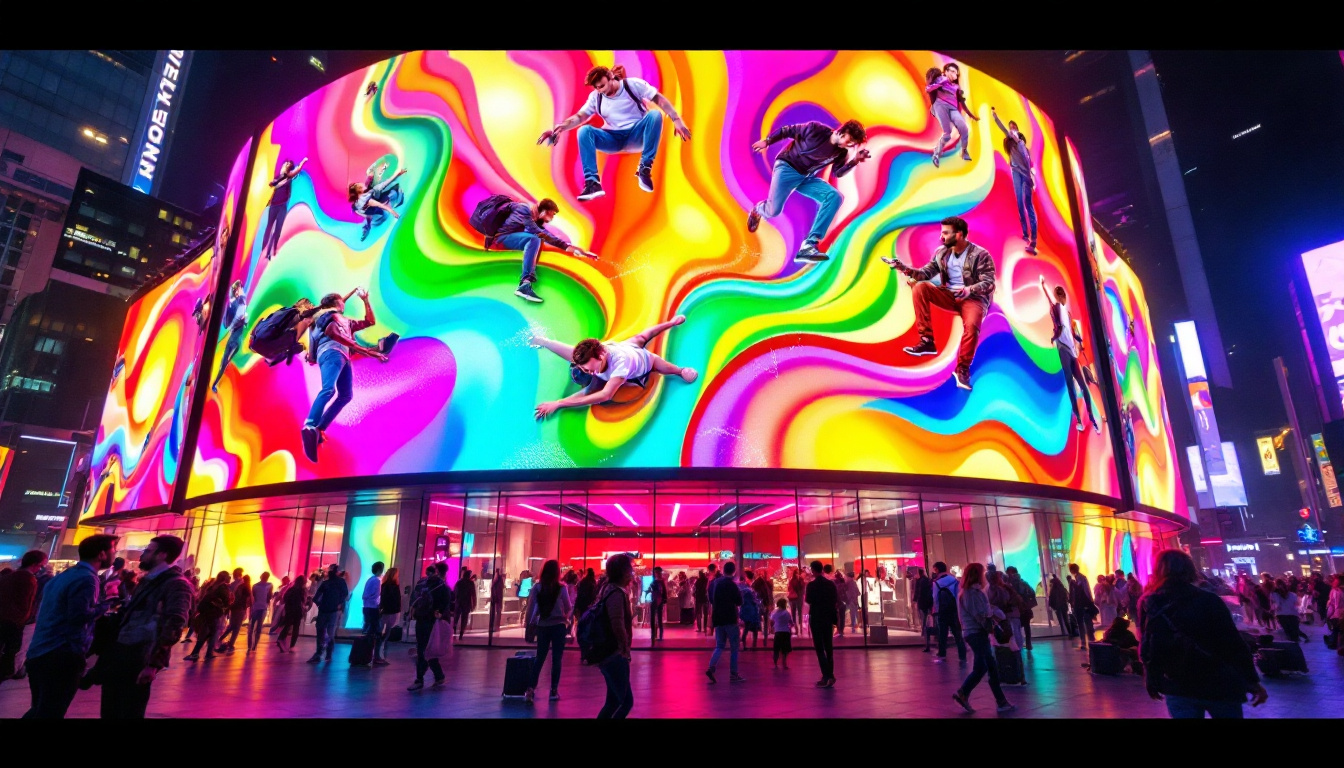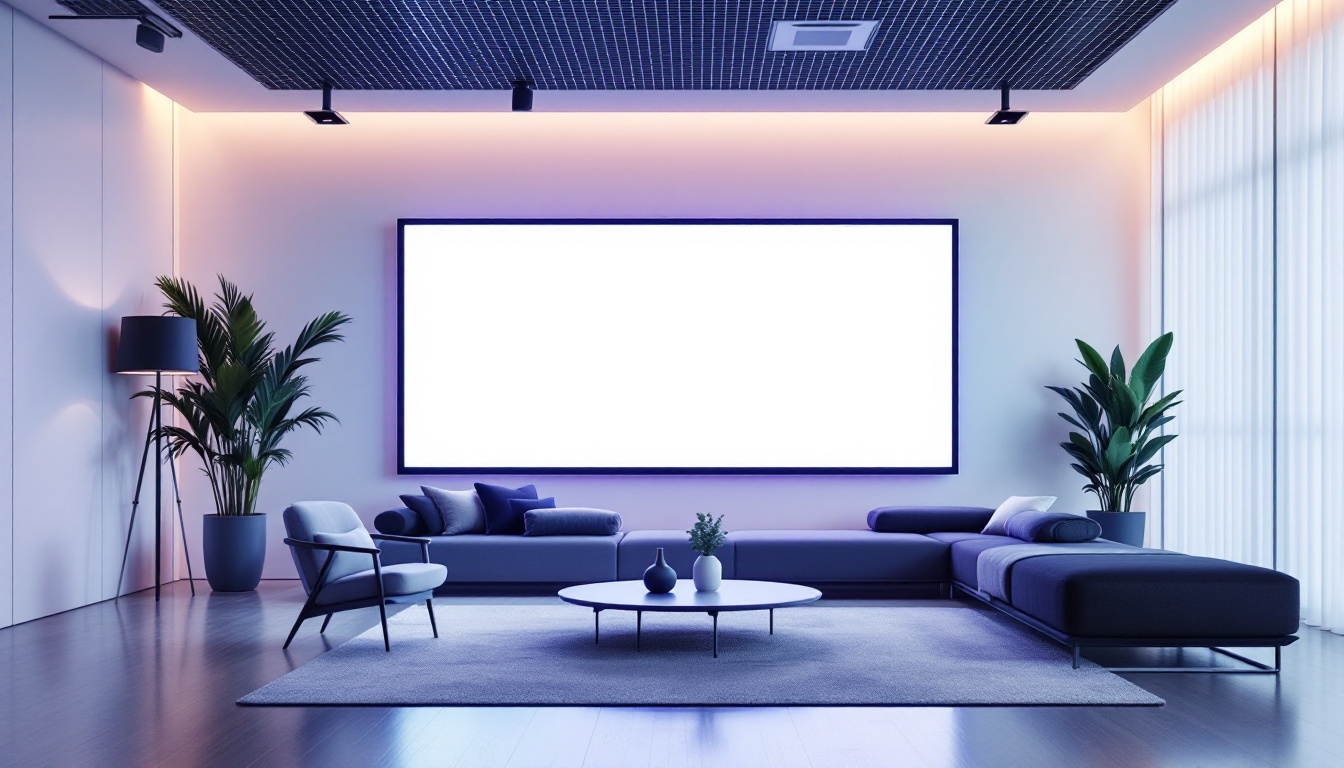The integration of advanced technology in filmmaking has transformed the way stories are told on screen. One of the most captivating innovations in this realm is the use of transparent LED displays, which have gained significant attention in recent years. This article delves into the fascinating world of transparent walls in cinema, exploring their implications, advantages, and the technology behind them.
Understanding Transparent LED Displays
Transparent LED displays are a revolutionary technology that allows for the projection of images and videos on a transparent surface. This unique feature enables filmmakers to create immersive environments that blend seamlessly with the physical space around them. Unlike traditional screens, transparent displays offer the ability to see through them while still showcasing vibrant visuals, thus enhancing the storytelling experience.
How Transparent LED Displays Work
The technology behind transparent LED displays involves a series of tiny light-emitting diodes (LEDs) arranged in a grid pattern. These LEDs emit light when an electric current passes through them, creating images that can be viewed from both sides. The transparency of the display is achieved by using a special type of glass or acrylic that allows light to pass through while still maintaining high-resolution visuals.
In addition to their transparency, these displays can be customized to various sizes and shapes, making them versatile for different applications. Whether used in a film set, an art installation, or commercial advertising, transparent LED displays can adapt to the needs of the project, providing a dynamic visual experience. This adaptability not only enhances the aesthetic appeal of a space but also allows for innovative marketing strategies, where brands can engage consumers in a more interactive manner.
Applications in Filmmaking
In the film industry, transparent LED displays have opened up new avenues for creative expression. They can be used to create stunning backdrops, interactive environments, or even as part of the narrative itself. Filmmakers can project scenes onto these displays, allowing actors to interact with the visuals in real-time, thereby enhancing the authenticity of the performance.
Moreover, transparent displays can be utilized in various genres, from sci-fi to drama, providing filmmakers with a tool to push the boundaries of visual storytelling. The ability to blend real and digital elements creates a unique viewing experience that captivates audiences. For instance, in action sequences, filmmakers can use these displays to project dynamic backgrounds that shift and change, adding depth and excitement to the scene. This not only enhances the visual impact but also allows for more creative freedom in storytelling, as directors can craft complex narratives that seamlessly integrate with the visual effects.
Additionally, the use of transparent LED displays is not limited to just the big screen. They are increasingly being incorporated into live performances, such as concerts and theater productions, where they can create stunning visual effects that enhance the overall experience. The ability to see through the display while still enjoying high-quality visuals allows performers to engage with their audience in new and exciting ways, making each performance a unique event. As technology continues to evolve, the potential applications of transparent LED displays in the entertainment industry are boundless, promising a future where the lines between reality and imagination blur even further.
The Advantages of Transparent LED Displays
Transparent LED displays offer numerous advantages that make them an appealing choice for filmmakers and production designers alike. These benefits extend beyond aesthetics, impacting the overall production process and viewer engagement.
Enhanced Visual Experience
One of the primary advantages of transparent LED displays is their ability to create an immersive visual experience. By allowing viewers to see through the screen, filmmakers can create a sense of depth and realism that traditional screens cannot achieve. This transparency enables the integration of live-action footage with digital elements, blurring the lines between reality and fiction.
Furthermore, the high brightness and contrast levels of LED technology ensure that visuals remain vibrant and clear, even in well-lit environments. This feature is particularly beneficial for outdoor shoots or scenes that require natural lighting, as it allows for greater flexibility in production design. The ability to layer graphics over real-world backgrounds enhances storytelling, allowing filmmakers to craft intricate narratives that captivate audiences on multiple levels. This innovative approach not only elevates the visual quality but also encourages creative experimentation, pushing the boundaries of conventional filmmaking.
Space Optimization
Transparent LED displays are also advantageous in terms of space utilization. Traditional screens can be bulky and require significant space for installation, which can be a limitation in smaller sets or venues. In contrast, transparent displays can be mounted in various locations without obstructing sightlines, allowing for more creative freedom in set design.
This space optimization is particularly useful for multi-purpose venues, where the same space may be used for different events or productions. The ability to transform a space with dynamic visuals without compromising its physical integrity opens up new possibilities for filmmakers and event organizers. Additionally, the lightweight design of transparent LED panels allows for easier installation and repositioning, enabling quick adjustments during production. This flexibility is invaluable in fast-paced environments where time is of the essence, allowing crews to adapt to changing creative visions or logistical challenges seamlessly.
Cost-Effectiveness
While the initial investment in transparent LED technology may be higher than traditional display options, the long-term cost-effectiveness cannot be overlooked. These displays are durable and require minimal maintenance, reducing the need for frequent replacements or repairs. Additionally, their energy efficiency can lead to lower operational costs over time.
Moreover, the versatility of transparent LED displays means they can be repurposed for various projects, maximizing the return on investment. This adaptability is particularly beneficial for production companies that frequently work on different types of projects, as it allows them to utilize the same technology across multiple productions. Beyond film and television, these displays can also be effectively used in advertising, exhibitions, and live events, further enhancing their value. As the demand for innovative visual solutions continues to grow, investing in transparent LED technology positions production companies at the forefront of industry trends, ensuring they remain competitive and relevant in an ever-evolving landscape.
Challenges and Considerations
Despite the numerous advantages of transparent LED displays, there are challenges and considerations that filmmakers must take into account when incorporating this technology into their projects. Understanding these challenges is crucial for maximizing the potential of transparent displays while minimizing potential pitfalls.
Technical Limitations
While transparent LED displays are impressive, they do come with certain technical limitations. For instance, the resolution of these displays may not always match that of traditional screens, particularly in larger formats. This can impact the clarity of the visuals, especially when viewed from a distance.
Additionally, lighting conditions play a significant role in the effectiveness of transparent displays. In low-light environments, the visuals may not be as vibrant or visible, which could limit their use in certain scenes. Filmmakers must carefully consider these factors when planning their shoots to ensure the displays enhance rather than detract from the overall production quality.
Integration with Traditional Filmmaking Techniques
Another challenge lies in the integration of transparent LED displays with traditional filmmaking techniques. While the technology offers exciting possibilities, it also requires a shift in how scenes are designed and shot. Filmmakers must adapt their techniques to effectively utilize the displays, which may involve additional training or experimentation.
This integration can be particularly challenging for cinematographers and directors who are accustomed to conventional methods. It necessitates a collaborative approach, where all members of the production team work together to create a cohesive vision that leverages the strengths of both traditional and modern technologies.
Future Trends in Transparent LED Displays
The future of transparent LED displays in filmmaking looks promising, with ongoing advancements in technology and design. As the demand for innovative storytelling techniques continues to grow, filmmakers are likely to explore new ways to incorporate these displays into their projects.
Advancements in Technology
As technology evolves, so too will the capabilities of transparent LED displays. Future iterations are expected to offer improved resolution, greater brightness, and enhanced color accuracy, making them even more appealing for filmmakers. Additionally, advancements in materials science may lead to lighter and more flexible displays, further expanding their potential applications.
These technological advancements will not only enhance the visual experience but also make transparent displays more accessible to a wider range of filmmakers, from independent creators to major studios. As the barriers to entry decrease, the creative possibilities for storytelling will expand exponentially.
Increased Adoption in Various Industries
Beyond filmmaking, transparent LED displays are gaining traction in various industries, including advertising, retail, and live events. This increased adoption will likely drive further innovation and investment in the technology, leading to new applications and creative uses that can benefit filmmakers.
As filmmakers observe successful implementations in other sectors, they may be inspired to experiment with transparent displays in novel ways, pushing the boundaries of visual storytelling even further. This cross-pollination of ideas will foster a culture of innovation that benefits the entire creative community.
Conclusion
Transparent LED displays represent a significant leap forward in the realm of filmmaking, offering filmmakers the tools to create immersive and visually stunning narratives. With their unique ability to blend the real and the digital, these displays enhance the storytelling experience, captivating audiences in ways that traditional screens cannot.
While challenges remain in terms of technical limitations and integration with traditional filmmaking techniques, the advantages of transparent displays are undeniable. As technology continues to advance and the industry embraces innovative storytelling methods, the future of transparent LED displays in cinema looks bright.
Ultimately, the integration of transparent LED displays into filmmaking is not just about adopting new technology; it is about reimagining the way stories are told. As filmmakers explore the possibilities of this technology, audiences can look forward to a new era of cinematic experiences that push the boundaries of creativity and imagination.
Discover the Future of Visual Storytelling with LumenMatrix
Ready to elevate your filmmaking and visual experiences to new heights? LumenMatrix is at the forefront of LED display innovation, offering a wide array of solutions that bring narratives to life. From Indoor and Outdoor LED Wall Displays to specialized options like Vehicle, Sports, and Floor LED Displays, our technology is designed to captivate and engage. Embrace the future of cinema with our Transparent LED Displays and see how our cutting-edge solutions can transform your storytelling. Check out LumenMatrix LED Display Solutions today and join the revolution in visual communication.

